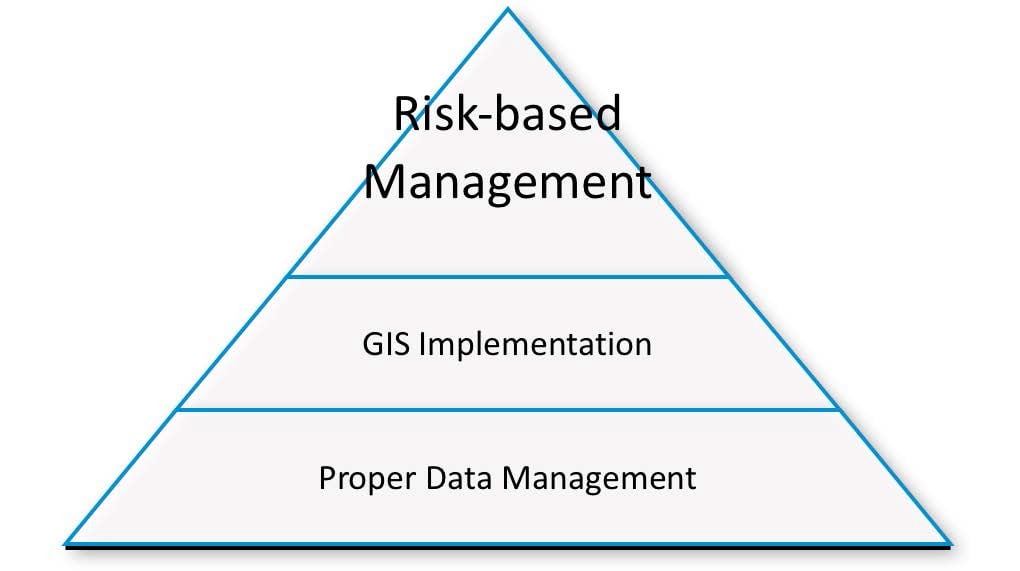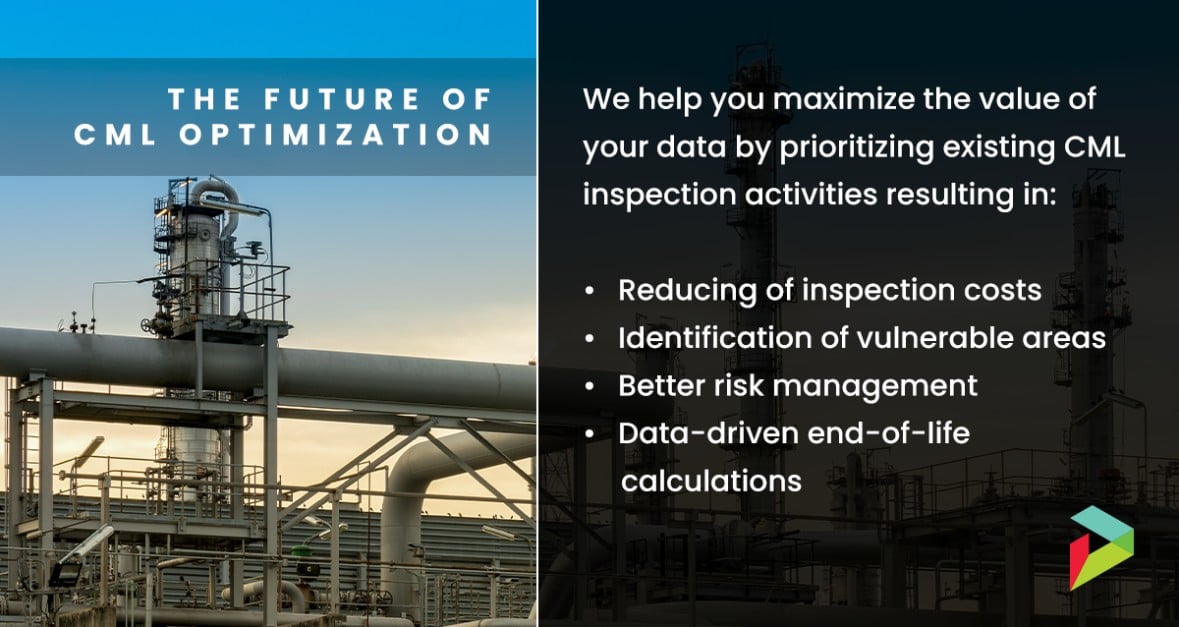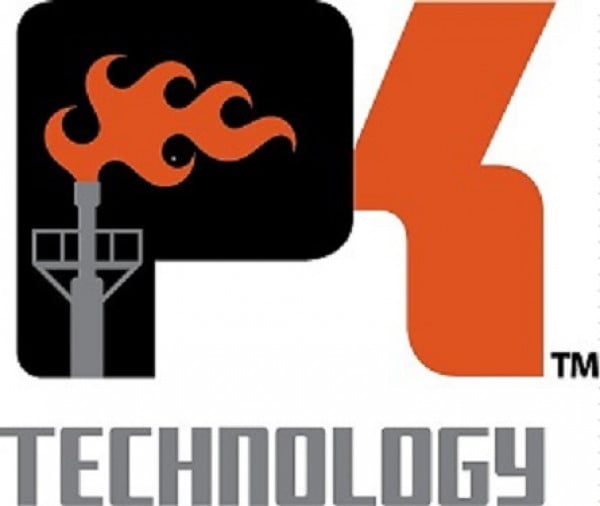Geographic Information Systems (GIS) are computer systems that allow a person to map or model large amounts of data based on location. The technology allows users to create multi-layered maps that can track multiple types of data. These systems are able to do this by using coordinates listed in a table, or by using satellite data, and different sets of data can be layered on top of each other. In the oil and gas industry, GIS is extremely useful when mapping out long pipelines or determining spacing between different drill sites, among other things. GIS technology is used in a number of other industries.
Relevant Links
Topic Tools
Share this Topic
Contribute to Definition
We welcome updates to this Integripedia definition from the Inspectioneering community. Click the link below to submit any recommended changes for Inspectioneering's team of editors to review.
Contribute to Definition




















